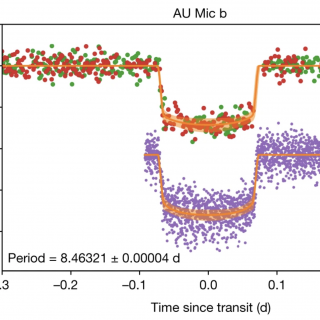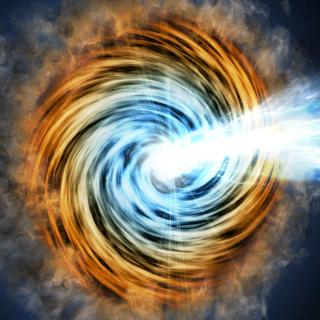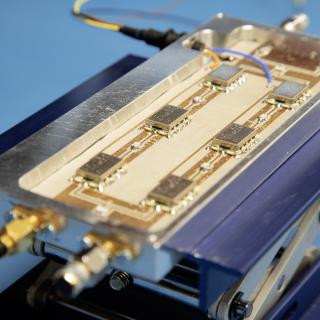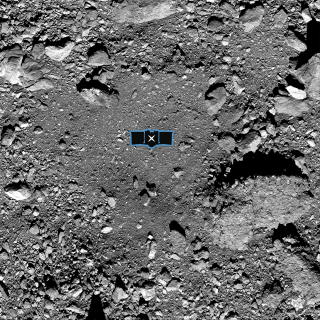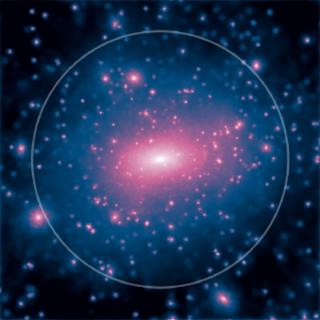
The gravitational force in the Universe under which it has evolved from a state almost uniform at the Big Bang until now, when matter is concentrated in galaxies, stars and planets, is provided by what is termed ‘dark matter’. But in spite of the essential role that this extra material plays, we know almost nothing about its nature, behaviour and composition, which is one of the basic problems of modern physics. In a recent article in Astronomy & Astrophysics Letters, scientists at the Instituto de Astrofísica de Canarias (IAC)/University of La Laguna (ULL) and of the National University of
Advertised on
